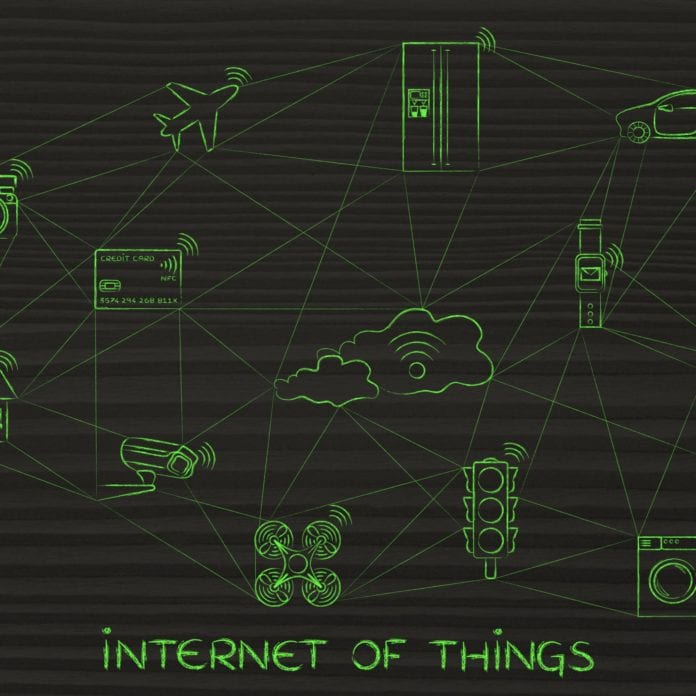IoT market is growing daily in 2016
Make no mistake, the “internet of things” is already here. From fitness wearables to medical applications to smart farming and smart cities, millions of devices already are connected to cellular, Wi-Fi, Bluetooth and other wireless technologies. Millions more are being developed and planned in both the consumer IoT space and in industrial IoT.
So what will this growing market look like as it evolves? Here are a few of the predictions on the future of the IoT market:
1. According to Machina Research’s annual IoT guidance report published in August, there were 6 billion IoT connections in 2015. That number is expected to grow to 27 billion by 2025, a 16% compound annual growth rate.
2. Analyst firm Berg Insight reported that 2.7 million cellular machine-to-machine routers, gateways and modems for connecting IoT devices were shipped in 2015. Berg predicts the market will reach 5.7 million units by 2020, a more than 16% CAGR. North American and Asian vendors dominate the market, with Sierra Wireless, Cradlepoint and Digi International the largest North American vendors. IoT end devices are growing even faster, Berg said, particularly in the industrial automation space. The firm earlier this year said there was an installed base of 14.3 million wireless IoT devices in industrial automation as of last year, expected to reach 62 million by 2020.
3. Cisco in its most recent Visual Networking Index forecast there were 4.9 billion machine-to-machine connections in 2015, including almost 97 million wearables, and there will be 12.2 billion IoT connections by 2020. Cisco expects connected health to see the fastest growth, but the connected home will see the largest number of connections overall. Smart home connections are predicted to grow from 2.4 billion in 2015, to 5.8 billion by 2020, and account for roughly half of all M2M connections.
4. Gartner estimates around 5.5 million new “things” will be connected every day in 2016. The firm expects to see 30% growth in IoT devices this year, and for the market to reach 20.8 billion devices by 2020.
5. In terms of technology choices, Machina said 71% of all IoT connections rely on a short-range technology such as Wi-Fi or ZigBee, driven by IoT adoption in consumer electronics, building automation and building security. Cellular was estimated at 334 million connection in 2015, and expected to reach 2.2 billion connections supported by 2025, with most of those being LTE connections and connected vehicles. The U.S. and China are expected to be the two dominating forces in the global IoT market, each accounting for about 20% of connections (although the U.S. is expected to generate more IoT revenue, 22% vs. 19% for China). Machina also said the IoT revenue opportunity will be $3 trillion by 2025, compared to $750 billion last year. Of that figure, about $1.3 trillion will be generated from end users (devices, application revenues and connectivity) and the rest will come from IoT-related sources like app development, systems integration and data monetization.
For more information on IoT, download RCR Wireless News’ free special report on IoT testing.
Image copyright: faithie / 123RF Stock Photo

